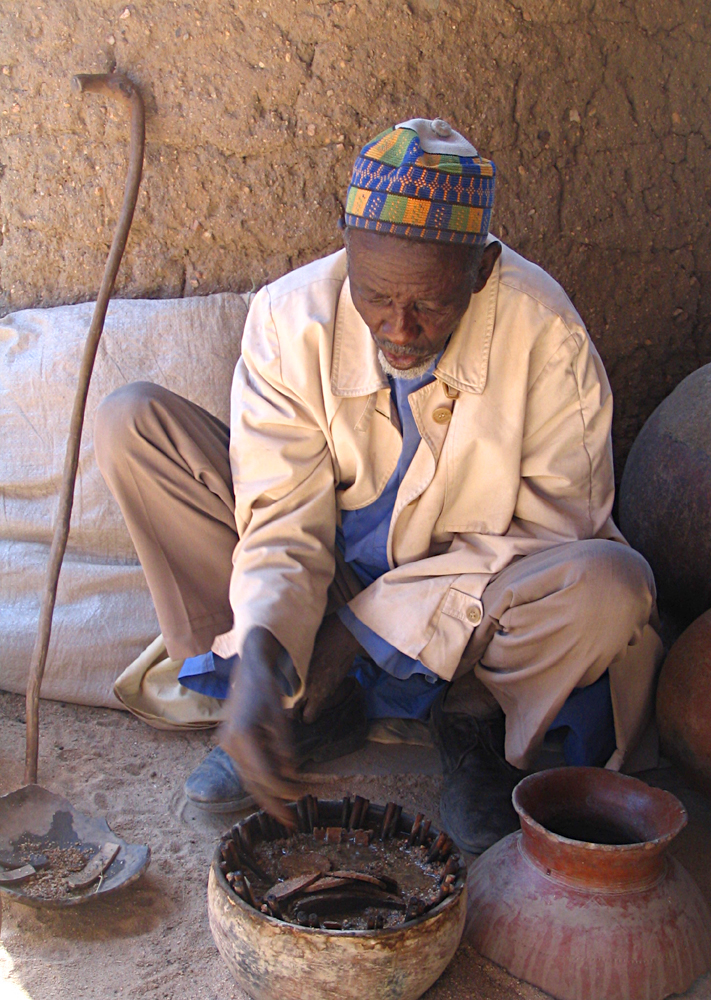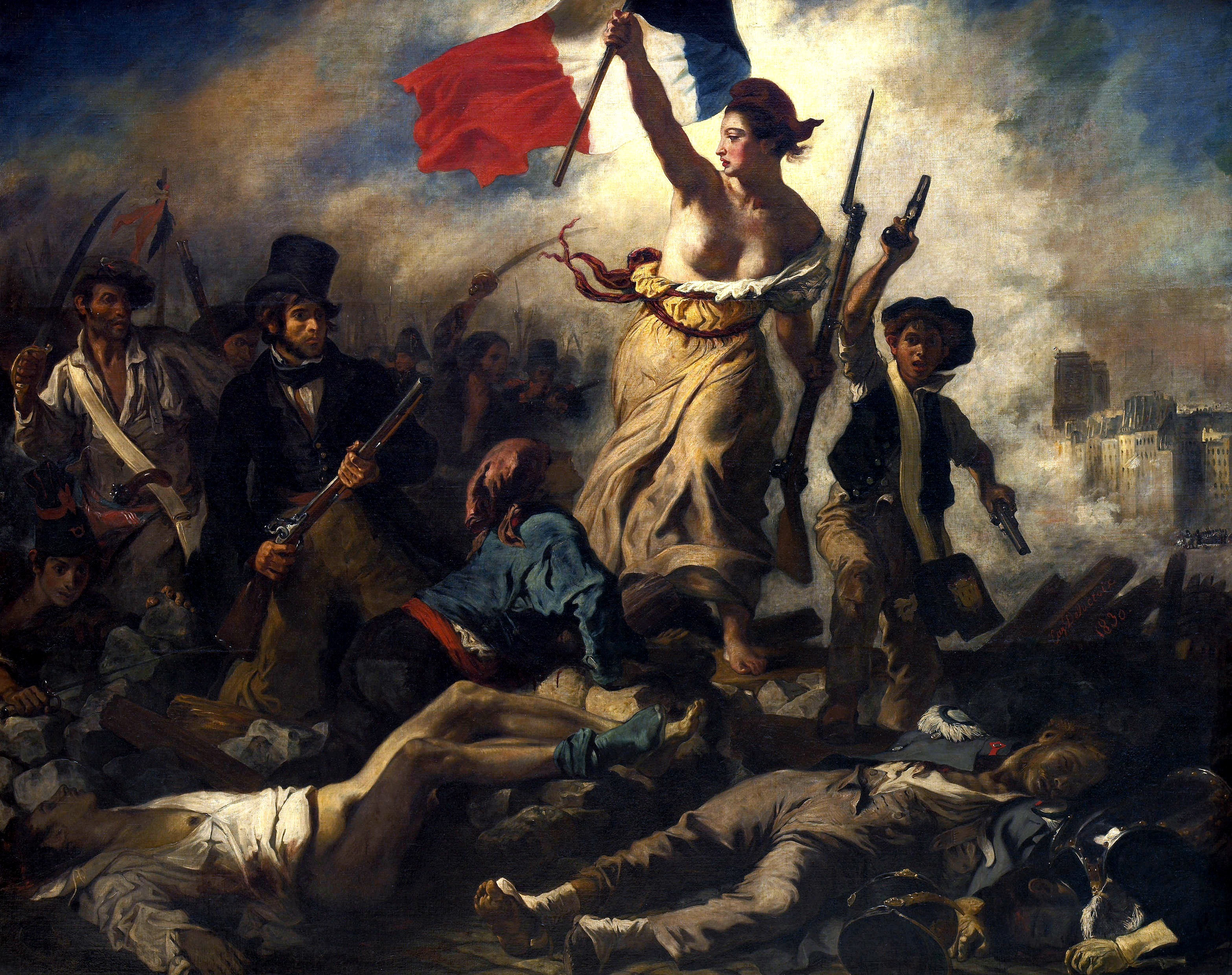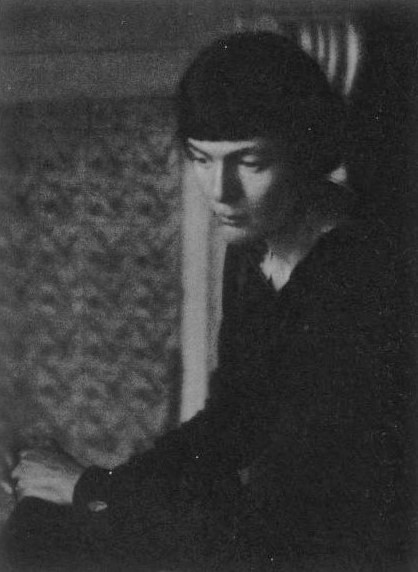|
Oracular Literature
Oracular literature, also called orphic or prophetic literature, positions the poet as a medium between humanity and another world, sometimes defined as supernatural or non-human. Concept The idea is found in many ancient cultures. Among the Celts, for instance, the bard held the king accountable to his sacred vows ('' geasa'') to land and people. In Greece, the oracles at Delphi and other sacred sites gave pronouncements in a highly stylized form of prophetic speech. Among indigenous North Americans, spiritual and/or political leaders like The Great Peacemaker used oracular rhetoric to artistic effect in delivering their messages. English-speaking cultures Within the European and American literary traditions, oracular speech that links the individual creative artist with forces larger than the individual ego have been part of several movements. The Pre-Raphaelites objected to the humanism that was a feature of the Renaissance and sought for an earlier, presumably mo ... [...More Info...] [...Related Items...] OR: [Wikipedia] [Google] [Baidu] |
Celts
The Celts (, see pronunciation for different usages) or Celtic peoples () are. "CELTS location: Greater Europe time period: Second millennium B.C.E. to present ancestry: Celtic a collection of Indo-European peoples. "The Celts, an ancient Indo-European people, reached the apogee of their influence and territorial expansion during the 4th century bc, extending across the length of Europe from Britain to Asia Minor."; . " e Celts, were Indo-Europeans, a fact that explains a certain compatibility between Celtic, Roman, and Germanic mythology."; . "The Celts and Germans were two Indo-European groups whose civilizations had some common characteristics."; . "Celts and Germans were of course derived from the same Indo-European stock."; . "Celt, also spelled Kelt, Latin Celta, plural Celtae, a member of an early Indo-European people who from the 2nd millennium bce to the 1st century bce spread over much of Europe."; in Europe and Anatolia, identified by their use of Celtic langu ... [...More Info...] [...Related Items...] OR: [Wikipedia] [Google] [Baidu] |
Surrealists
Surrealism is a cultural movement that developed in Europe in the aftermath of World War I in which artists depicted unnerving, illogical scenes and developed techniques to allow the unconscious mind to express itself. Its aim was, according to leader André Breton, to "resolve the previously contradictory conditions of dream and reality into an absolute reality, a super-reality", or ''surreality.'' It produced works of painting, writing, theatre, filmmaking, photography, and other media. Works of Surrealism feature the element of surprise, unexpected juxtapositions and '' non sequitur''. However, many Surrealist artists and writers regard their work as an expression of the philosophical movement first and foremost (for instance, of the "pure psychic automatism" Breton speaks of in the first Surrealist Manifesto), with the works themselves being secondary, i.e. artifacts of surrealist experimentation. Leader Breton was explicit in his assertion that Surrealism was, above all, a ... [...More Info...] [...Related Items...] OR: [Wikipedia] [Google] [Baidu] |
Divination
Divination (from Latin ''divinare'', 'to foresee, to foretell, to predict, to prophesy') is the attempt to gain insight into a question or situation by way of an occultic, standardized process or ritual. Used in various forms throughout history, diviners ascertain their interpretations of how a querent should proceed by reading signs, events, or omens, or through alleged contact or interaction with a supernatural agency. Divination can be seen as a systematic method with which to organize what appears to be disjointed, random facets of existence such that they provide insight into a problem at hand. If a distinction is to be made between divination and fortune-telling, divination has a more formal or ritualistic element and often contains a more social character, usually in a religious context, as seen in traditional African medicine. Fortune-telling, on the other hand, is a more everyday practice for personal purposes. Particular divination methods vary by culture and reli ... [...More Info...] [...Related Items...] OR: [Wikipedia] [Google] [Baidu] |
Modernism
Modernism is both a philosophical and arts movement that arose from broad transformations in Western society during the late 19th and early 20th centuries. The movement reflected a desire for the creation of new forms of art, philosophy, and social organization which reflected the newly emerging industrial world, including features such as urbanization, architecture, new technologies, and war. Artists attempted to depart from traditional forms of art, which they considered outdated or obsolete. The poet Ezra Pound's 1934 injunction to "Make it New" was the touchstone of the movement's approach. Modernist innovations included abstract art, the stream-of-consciousness novel, montage cinema, atonal and twelve-tone music, divisionist painting and modern architecture. Modernism explicitly rejected the ideology of realism and made use of the works of the past by the employment of reprise, incorporation, rewriting, recapitulation, revision and parody. Modernism also rej ... [...More Info...] [...Related Items...] OR: [Wikipedia] [Google] [Baidu] |
Pedro Calderón De La Barca
Pedro Calderón de la Barca y Barreda González de Henao Ruiz de Blasco y Riaño (, ; ; 17 January 160025 May 1681) was a Spanish dramatist, poet, writer and knight of the Order of Santiago. He is known as one of the most distinguished Baroque writers of the Spanish Golden Age, especially for his plays. Calderón de la Barca was born in Madrid, where he spent most of his life. He was born on a boat in the Manzanares river, thus the name "de la Barca" added to his father's last name. During his life, he served as soldier and he was a Roman Catholic priest. Born when the Spanish Golden Age theatre was being defined by Lope de Vega, he developed it further, his work being regarded as the culmination of the Spanish Baroque theatre. As such, he is regarded as one of Spain's foremost dramatists and one of the finest playwrights of world literature. Biography Pedro Calderón de la Barca was born in Madrid on Friday, 17 January 1600, and was baptized in the parish of San Martín. ... [...More Info...] [...Related Items...] OR: [Wikipedia] [Google] [Baidu] |
Spanish Golden Age Theatre
Spanish Golden Age theatre refers to theatre in Spain roughly between 1590 and 1681. Spain emerged as a European power after it was unified by the marriage of Ferdinand II of Aragon and Isabella I of Castile in 1469 and then claimed for Christianity at the Siege of Granada in 1492. The sixteenth and seventeenth centuries saw a monumental increase in the production of live theatre as well as in the importance of the arts within Spanish society. Overview Theatre was an accessible art form for all participants in Renaissance Spain, being both highly sponsored by the aristocratic class and highly attended by the lower classes. The volume and variety of Spanish plays during the Golden Age was unprecedented in the history of world theatre, surpassing even the dramatic production of the English Renaissance by a factor of at least four. This volume has been as much a source of criticism as praise for Spanish Golden Age theatre, for emphasizing quantity before quality. A large number of t ... [...More Info...] [...Related Items...] OR: [Wikipedia] [Google] [Baidu] |
William Butler Yeats
William Butler Yeats (13 June 186528 January 1939) was an Irish poet, dramatist, writer and one of the foremost figures of 20th-century literature. He was a driving force behind the Irish Literary Revival and became a pillar of the Irish literary establishment who helped to found the Abbey Theatre. In his later years he served two terms as a Senator of the Irish Free State. A Protestant of Anglo-Irish descent, Yeats was born in Sandymount and was educated in Dublin and London and spent childhood holidays in County Sligo. He studied poetry from an early age, when he became fascinated by Irish legends and the occult. These topics feature in the first phase of his work, lasting roughly from his student days at the Metropolitan School of Art in Dublin until the turn of the 20th century. His earliest volume of verse was published in 1889, and its slow-paced and lyrical poems display debts to Edmund Spenser, Percy Bysshe Shelley and the poets of the Pre-Raphaelite Brotherhood. F ... [...More Info...] [...Related Items...] OR: [Wikipedia] [Google] [Baidu] |
Arthur Rimbaud
Jean Nicolas Arthur Rimbaud (, ; 20 October 1854 – 10 November 1891) was a French poet known for his transgressive and surreal themes and for his influence on modern literature and arts, prefiguring surrealism. Born in Charleville, he started writing at a very young age and excelled as a student, but abandoned his formal education in his teenage years to run away to Paris amidst the Franco-Prussian War. During his late adolescence and early adulthood, he produced the bulk of his literary output. Rimbaud completely stopped writing literature at age 20 after assembling his last major work, '' Illuminations''. Rimbaud was a libertine and a restless soul, having engaged in a hectic, sometimes violent romantic relationship with fellow poet Paul Verlaine, which lasted nearly two years. After his retirement as a writer, he traveled extensively on three continents as a merchant and explorer until his death from cancer just after his thirty-seventh birthday. As a poet, Rimbaud is ... [...More Info...] [...Related Items...] OR: [Wikipedia] [Google] [Baidu] |
Imagism
Imagism was a movement in early-20th-century Anglo-American poetry that favored precision of imagery and clear, sharp language. It is considered to be the first organized literary modernism, modernist literary movement in the English language. Imagism is sometimes viewed as "a succession of creative moments" rather than a continuous or sustained period of development. The French academic René Taupin remarked that "it is more accurate to consider Imagism not as a doctrine, nor even as a poetic school, but as the association of a few poets who were for a certain time in agreement on a small number of important principles".Taupin, René (1929). ''L'Influence du symbolism francais sur la poesie Americaine (de 1910 a 1920)''. Paris: Champion. Translation (1985) by William Pratt and Anne Rich. New York: AMS. The Imagists rejected the sentiment and discursiveness typical of Romantic poetry, Romantic and Victorian literature#Poetry, Victorian poetry. In contrast to the contemporary G ... [...More Info...] [...Related Items...] OR: [Wikipedia] [Google] [Baidu] |
Unconscious Mind
The unconscious mind (or the unconscious) consists of the processes in the mind which occur automatically and are not available to introspection and include thought processes, memories, interests, and motivations. Even though these processes exist well under the surface of conscious awareness, they are theorized to exert an effect on behavior. The term was coined by the German Romantic philosopher Friedrich Schelling and later introduced into English by the poet and essayist Samuel Taylor Coleridge.Christopher John Murray, ''Encyclopedia of the Romantic Era, 1760-1850'' (Taylor & Francis, 2004: ), pp. 1001–1002. Empirical evidence suggests that unconscious phenomena include repressed feelings, automatic skills, subliminal perceptions, and automatic reactions, and possibly also complexes, hidden phobias, and desires. The concept was popularized by the Austrian neurologist and psychoanalyst Sigmund Freud. In psychoanalytic theory, unconscious processes are understood to be d ... [...More Info...] [...Related Items...] OR: [Wikipedia] [Google] [Baidu] |






